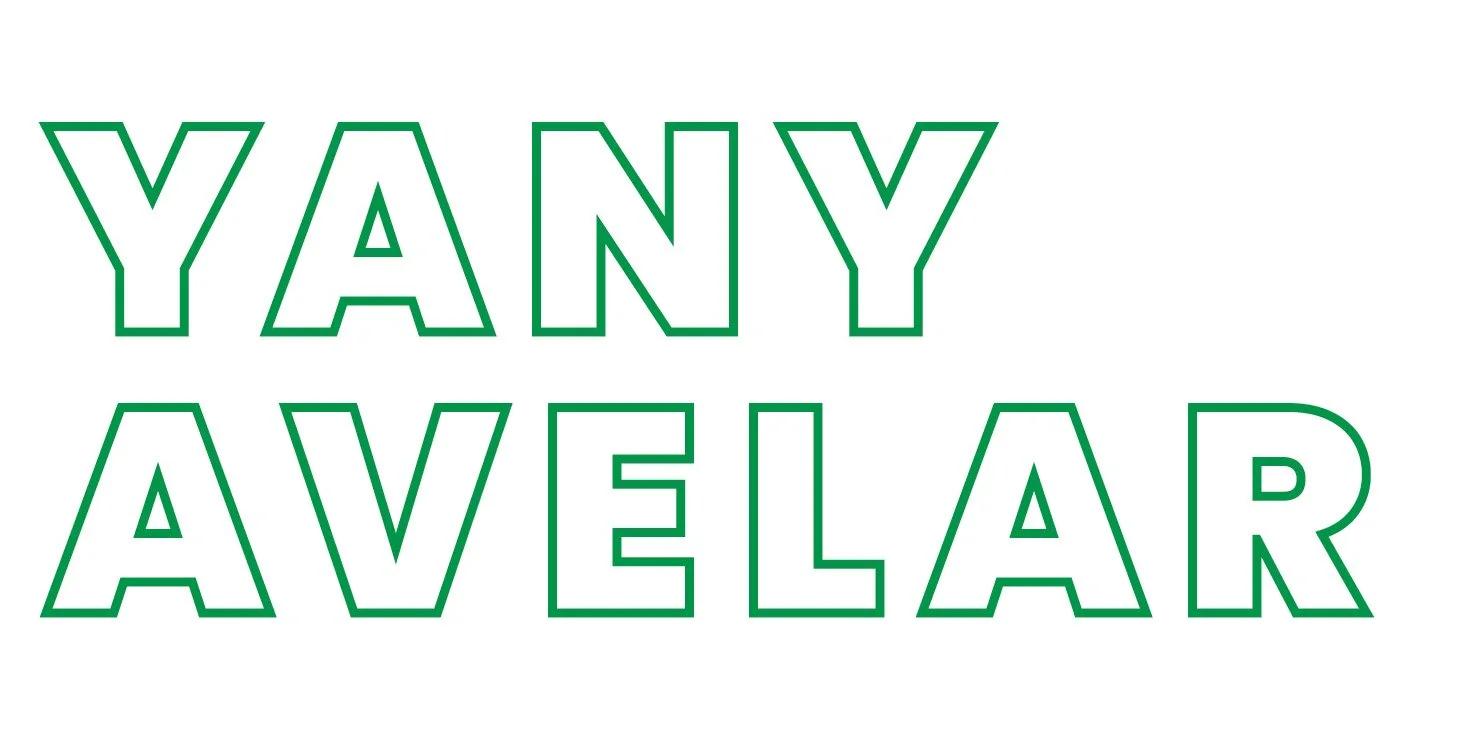605 Magazine Website
UX DESIGN, LEAD DESIGNER, WEB DEVELOPER - Shipped January 2020
605 Magazine is a state-wide tourism publication for South Dakota. Their website was in need of a redesign and the business owners wanted to ensure it aligned with their target audience.
Project Overview
Context
605 Magazine’s old website had a black-and-yellow color palette, no newsletter sign-up, and categories were dated. We wanted readers to quickly access the most up-to-date articles, highlight the top stories, and create an easy way to search. As the lead designer, creative director, and web developer I had 3 months to complete all changes to the website.
Problem
Outdated website with a high-bounce rate and low pages per session. Solution
Moving away from the outdated site we needed to make calculated changes that created a better user experience and led to a higher amount of pages per session.
Goals
Make it easier for users to navigate the site.
Increase pages per session
Reduce bounce rate
Increase site visitors
Increase time on site
Research
Key takeaways:
Website wasn’t mobile friendly
Website was hard to navigate
Website loaded slowly
Readers usually only read one article
Design
Set brand guidelines:
To create consistency and a welcoming brand, we first updated the color palette. After updating the color palette to colors that correlated with the state flag (Blue and Yellow) we created brand guidelines for the website. Establishing how articles should be laid out, how quotes should display, and the general look of the website to create consistency.
Next, we created categories for the articles. These categories correlated to categories in the issue (ex. Art + Design, Food + Drink, etc.). This allowed users to find and isolate articles based on categories they were interested in. Next, we added a simple search bar in the top right corner as most websites have. This allowed users to quickly search for articles that they wanted to read.
Set categories and create a search bar:
Optimize site for mobile:
We ensured redesign and changes to the site were easy to navigate and were responsive on any device.
Increase pages per session and time on site:
Finally, because the main goals of the business were to increase pages per session and time on site we added a “Related Articles” sidebar and bottom bar. This meant that when a reader was on a specific article, they received suggestions for other articles. By doing this, we wanted user to visit more than one article and we also wanted to increase time on site.
Information Architecture:
With such a large database of articles, it was important to create an information architecture that was easy to navigate for users. To do this, we broked it down by:
Seven types of categories
Date of magazine issue
Event types
Location of article
Impact
Sucess KPI’s
Slight decrease in bounce rate
Increase in average sessions
Increase in brand recognition
Distribution increased by 30%
Reflection
There were quite a few restrcitions in this project in regards to time and limited development skills. Although we did see an increase in sessions and brand recognition, as well as a decrease in bounce-rate I feel there could have been improvements if there had been more time for user research and to make changes. However, this redesign taught me how to communicate findings with stakeholders and communicate how data and research informed each decision.